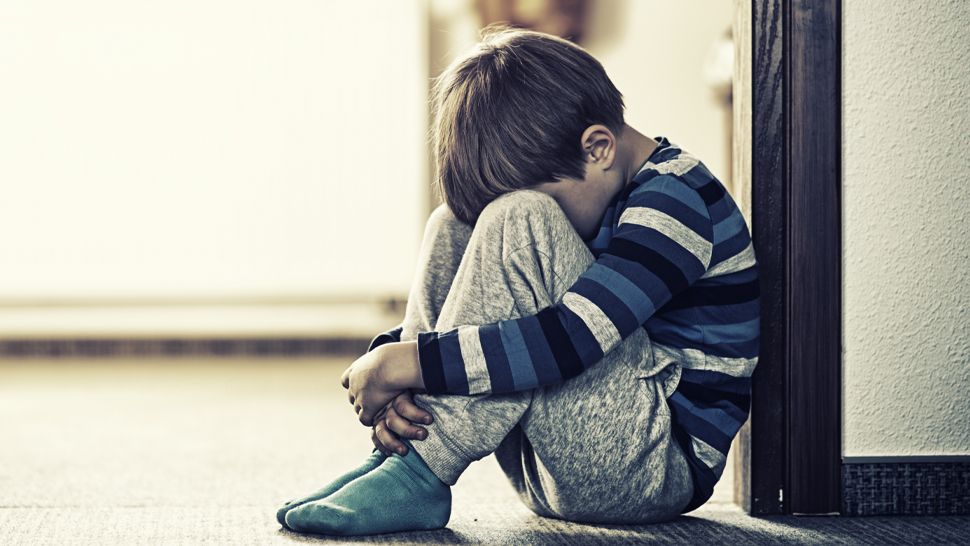Adam Schnitzer is a school resource officer with the West Seneca Police Department. Part of his duties include teaching the D.A.R.E Program to middle school students.
“If we build these relationships now with the kids, with their families, with the students, teachers and that and we see them mostly on good days, then when the bad days come there will already be that trust there for us,” Schnitzer said.
D.A.R.E., which stands for Drug Abuse Resistance Education, fields a lot of questions on marijuana now that it’s legalized.
Cannabis is legal for adults over 21 to use in New York State, and that includes edible products containing the chemical THC, like gummies and chocolates.
“The percentages of people we see have gone way especially with edibles. I think maybe that’s the next new thing that people are getting into, even kids, even students,” Schnitzer said.
Young children could mistake those edibles for candy or snacks they can eat, and sometimes it can make them sick, which is cause for concern among public health officials.
“We are seeing the effects of children being poisoned by unknowingly ingesting THC gummies and then getting poisoned and becoming ill enough and having to go to the emergency department,” Dr. Gale Burstein, Erie County health commissioner, said.
Dr. Burstein says in children, THC can cause a host of health problems like mood changes, nausea, vomiting, poor balance, slurred speech, even seizures.
“The best approach for young children is just to keep them up and away so that the children don’t even see them and they’re not tempted, because they’re not going to be able to understand why they can’t eat those gummies like they eat other gummies,” she said.
As for older children and teens, there have been instances where students bring cannabis edibles with them to school and pass them out to friends. And they might or might not know the consequences of what they’re taking, especially because edible cannabis takes longer than smoked marijuana to feel the effects.
“That’s the danger of it,” Schnitzer said. “You may eat a cookie or you may eat a piece of candy and think oh this doesn’t have any effect on me, so let’s have some more and some more and some more, and you might get to a point where yeah you’ve taken way too much.”
And that’s where open conversations with your kids is key — reminding them that those products are not meant for kids, while also explaining how to make smart choices.
“We do it with alcohol, with vaping, with other things that we see parents partaking in, so this is just another one of those things,” Schnitzer said. “Mommy and daddy can do this because we’re of age because it’s legal and we’re not breaking any laws, and we’re safe about it. So maybe this is how you can be safe about it too.”










